How to Prevent and Treat Gunshot Wounds
Whether you have a gun for recreational use or self-defense, we can all agree that there are risks that come with going to the range and handling a firearm. At the end of the day, a gun is a lethal weapon. And unfortunately, accidents happen at the range more often than anyone would like. Because of this, you need to protect yourself by knowing how to prevent, prepare for, and treat gunshot wounds.
How to Prevent Gunshot Wounds
While it won’t prevent all accidents from occurring, taking the necessary steps to avoid an accident will drastically decrease the likelihood of one happening. If you’re careless, something dreadful will inevitably happen. But if you’re cautious, you can avoid all kinds of preventable injuries. And when something does happen, you can at least take comfort in the fact that you did everything in your power to avert it.
Follow the NRA’s Safety Rules
Keep Your Gun Pointed in a Safe Direction
This should be a no-brainer, but since some unfortunate souls lack common sense, we’re covering it anyway. Always know exactly where your gun is pointed. If you’re holding it downward, is it directed at the ground and not your leg? If it’s facing outward, make sure it’s not pointing toward anything that’ll harm anyone or get you in trouble. Remember, you can’t buy any fancy new toys if you have to pay the damage, hospital, or legal fees!
Keep Your Finger Off the Trigger
Until you’re ready to blast your target to pieces, keep your finger well away from the trigger. Accidental slips can cause unintentional harm and damage. If your finger is on the trigger, it means you are ready to fire.
Keep Your Gun Unloaded Until You’re Ready
While many people who use their guns for self-defense keep them loaded, this isn’t exactly the safest option. However, it’s understandable for the situation. If you aren’t carrying a gun for defense, keep it unloaded, especially during transit, to avoid misfires.
Other Prevention Tips
Because you can never invest too much time and effort into keeping yourself safe!
Don’t Shoot Blind
This refers to both shooting without looking and firing into the air. If you fire blind, someone could have walked into your line of fire while you weren’t paying attention. And as for shooting skywards, well, what goes up must come down.
Know What’s Behind Your Target

While you’ll be aiming at the target (and hitting it, of course), you need to ensure there isn’t anything behind the target that you wouldn’t mind getting hit. An animal could be hanging out behind it, or maybe someone dropped a propane tank back there. That would be an explosively bad situation.
Regularly Clean Your Weapon
Firearms can malfunction and hurt you if you don’t take proper care of your weapon. It’s recommended that you clean your gun after every use, and defensive firearms that aren’t used often should be cleaned every now and then. If a firearm has been in storage for a long time, clean it before using it again. Not only will regular cleaning keep you safe, but it will also extend the life of your gun and increase accuracy.
Wear Protection - Eye and Ear
Whether it’s a big bang or a flying cartridge, not wearing the necessary protection can hurt both you and those around you. While unlikely, if you get hurt and flinch, you can accidentally fire off an extra round.
Never Consume Alcohol, Drugs, or Medications
Again, this seems obvious, but many people still do it. Don’t drink alcohol or take drugs or medication before you shoot or while you’re at the range. It’s not safe for a myriad of reasons, but in short, it inhibits your judgment, screws up your aim, and helps you make some very unwise decisions you’d hopefully live to regret.

Use the Appropriate Ammo for the Gun
Different guns use different types of ammo. If you put the incorrect ammunition in the chamber, you could damage your firearm potentially beyond repair, and guns aren’t cheap! And that’s without mentioning that you could also injure yourself and others in the process. Most guns have the necessary caliber stamped on the barrel, so be sure to check it. And if you aren’t sure what type of ammo your gun needs, don’t shoot it until you know! Ammunition experts exist, so consult them as needed.
Be Safe Rather Than Sorry
Maybe you see something moving downrange that wasn’t there before. Or perhaps something seems off about another person’s firearm. Even if you think it might be a trick of the light or you’re mistaken, it never hurts to double-check. Remember, caution is a valuable skill at the range.
Store Weapons Properly
This is especially the case if you have children at home. Someone who doesn’t know what they’re doing could find your gun and accidentally discharge it. Avoid this by keeping them in a secure area, such as a safe.
How to Prepare for a Gunshot Wound
Before you can actually treat a gunshot wound, there are a couple of things you need to take care of before you can treat a gunshot wound.
Training
Knowing how to treat these injuries goes a long way in a medical emergency. We recommend taking a comprehensive gunshot wound training course either online or in person, but just in case, the basics are listed below.
Make Sure the Area is Safe
Are you or the patient at risk of getting hurt if you stay where you are? For example, in the middle of the road. If so, carefully move the patient to safety. You can’t save another person’s life if you get yourself killed.
Wear Gloves
Not only can you introduce bacteria into the patient’s body, but they can also transfer bloodborne diseases to you. Protect the both of you by gloving up and staying sanitary!
Don’t Dig Out the Bullet
Not only can this cause more harm to the patient, you have no business rooting around inside someone unless you’re a trained professional. Your main priority is stopping the bleeding and keeping the patient alive.
Medical Supplies

All the training in the world won’t get you very far unless you have the necessary equipment on hand. The equipment you should have in your trauma first aid kit are:
- Chest Seals
- Gauze
- Gloves
- Hemostatic Gauze
- Pressure Bandage
- Space Blanket
- Trauma Shears
- Tourniquet
How to Treat a Gunshot Wound
When someone’s been shot, it’s a scary, stressful experience for everyone involved. However, you are perfectly capable of doing so as long as you keep calm and follow your training.
Call 911
This is the first thing you should do so that EMS can arrive that much faster. If there is someone else in the area, have them call for you so you can focus on the victim.
Stop the Bleeding
For bright red and heavy blood loss on a limb, immediately apply a tourniquet high and tights and tighten until the bleeding stops. If the area is bleeding slowly and is dark red in color, apply gauze and an emergency pressure bandage. For wounds to the groin and armpit area, you’ll need to pack the wound with gauze. And if the victim has been shot in the chest, apply a chest seal to prevent air from entering the chest cavity and collapsing a lung or causing a heart attack.
For a more in-depth explanation on stopping heavy bleeding, check out our Save a Life recap!
After You’ve Stopped the Bleed
Once the bleeding stops, you’ll need to ensure the patient stays warm. When a victim suffers extreme blood loss, they lose the ability to regulate their body temperature. Because of this, they can become hypothermic and still die. This is where space blankets, extra clothes, and other items come in handy. Wrap them up as much as possible and ensure they stay warm until help arrives.
A lot goes into preventing, preparing for, and treating gunshot wounds, but you never know when this extra effort will pay off. Carry a trauma first aid kit with you and make sure you’re doing everything you can to keep yourself and the people around you safe, and you’ll be able to continue going to the range with the peace of mind that you’re prepared for the worst outcome.
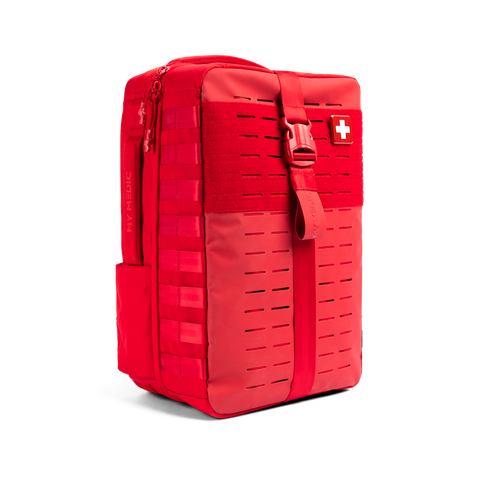 NEW ARRIVALS
NEW ARRIVALS
 BEST SELLERS
BEST SELLERS
 SUPERSKIN™
SUPERSKIN™
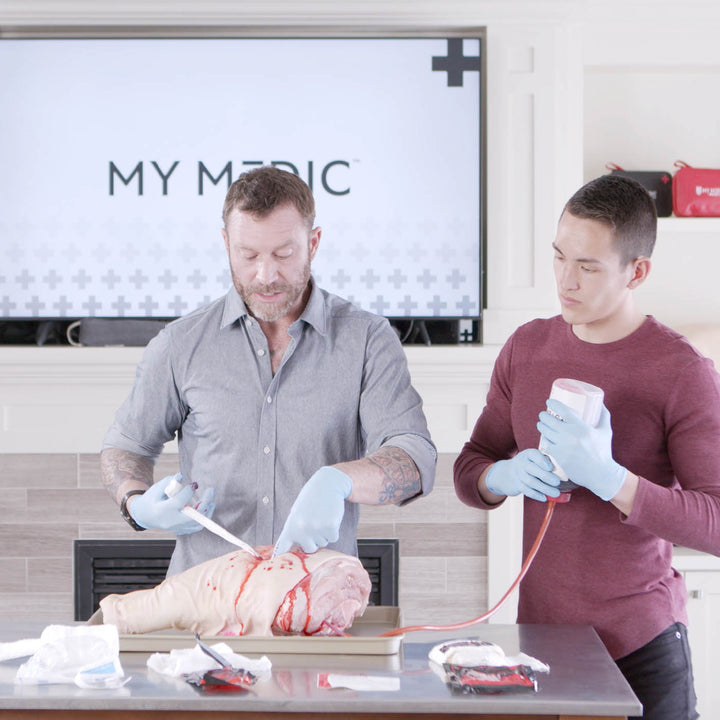 COURSES
COURSES
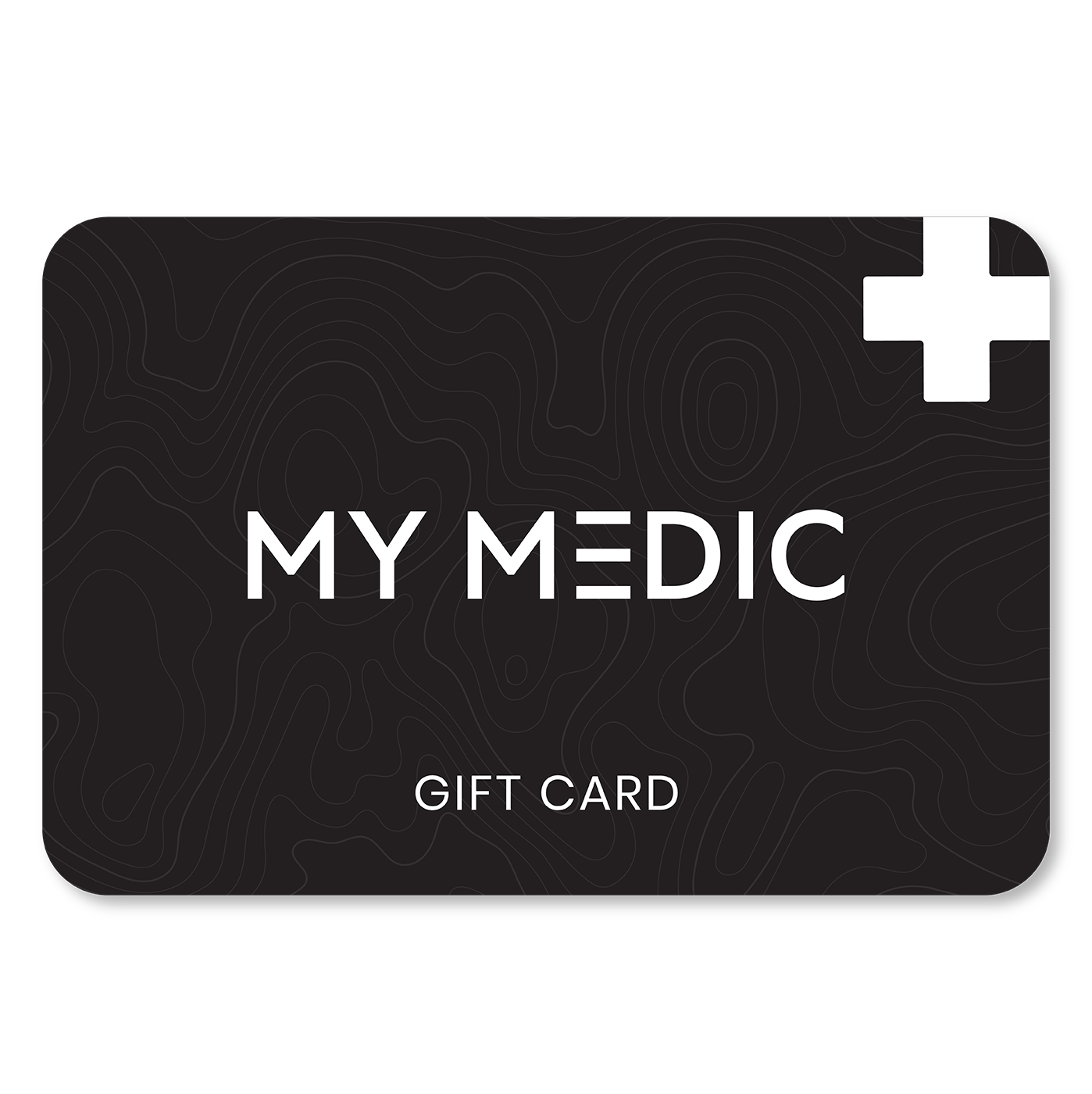 GIFT CARDS
GIFT CARDS
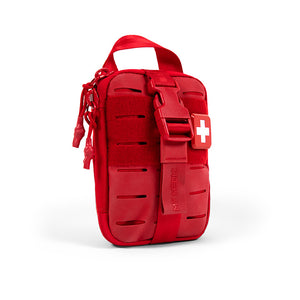 The MyFAK Collection
The MyFAK Collection
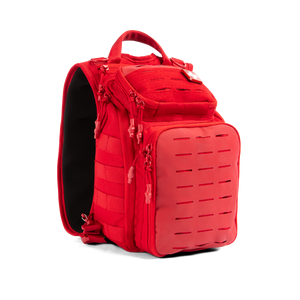 Specialty
Specialty
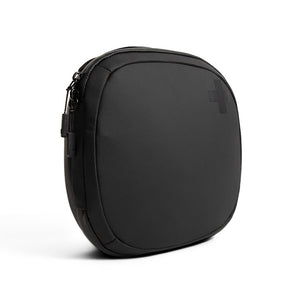 The Ready Collection
The Ready Collection
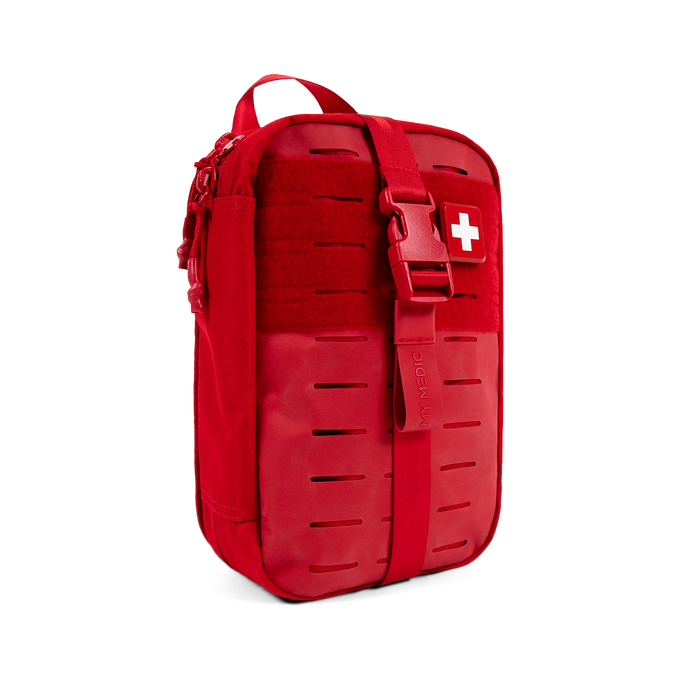
 BLEED
BLEED
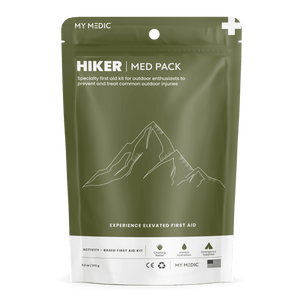 OUTDOOR
OUTDOOR
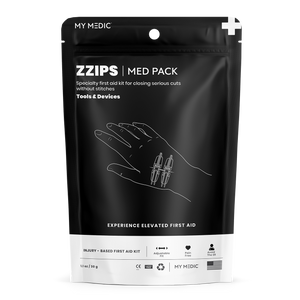 TOOLS & DEVICES
TOOLS & DEVICES
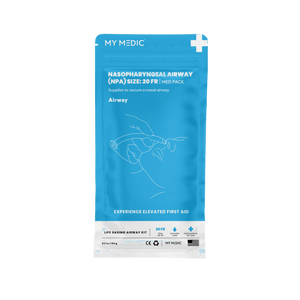 AIRWAY
AIRWAY
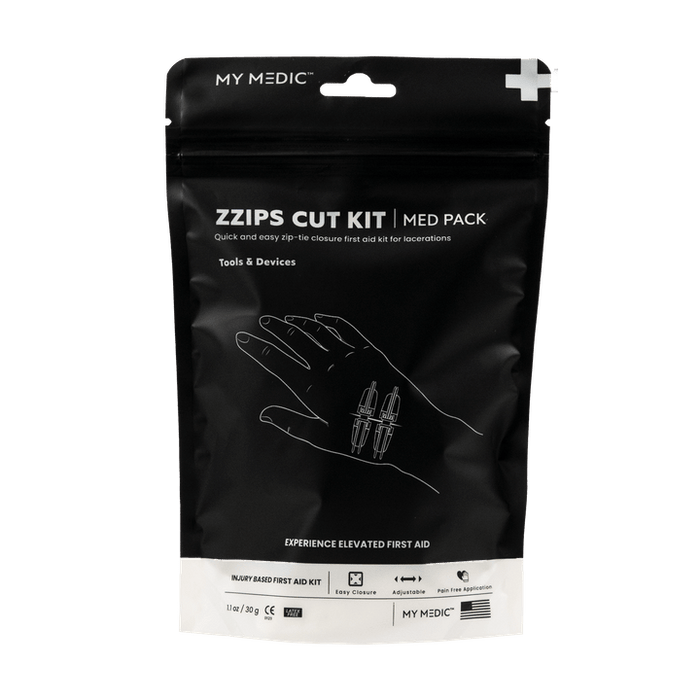
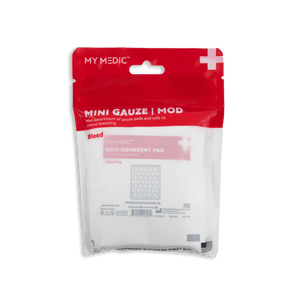 BLEED
BLEED
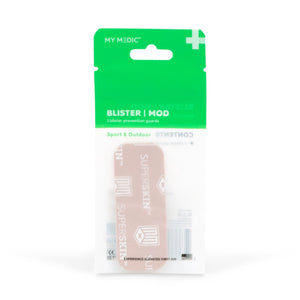 OUTDOOR
OUTDOOR
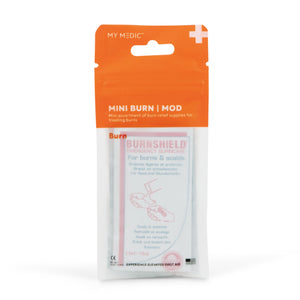 BURN
BURN
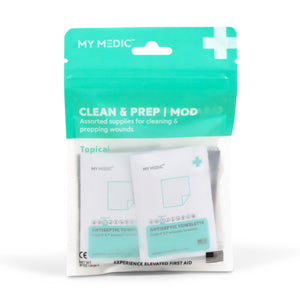 TOPICAL
TOPICAL
 MEDICATION
MEDICATION
 SPRAIN & FRACTURE
SPRAIN & FRACTURE
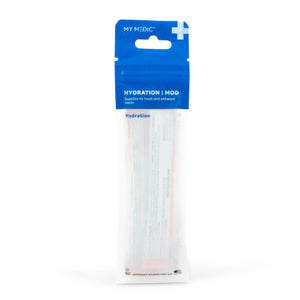 HYDRATION
HYDRATION
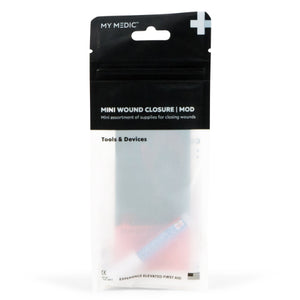 TOOLS & DEVICES
TOOLS & DEVICES
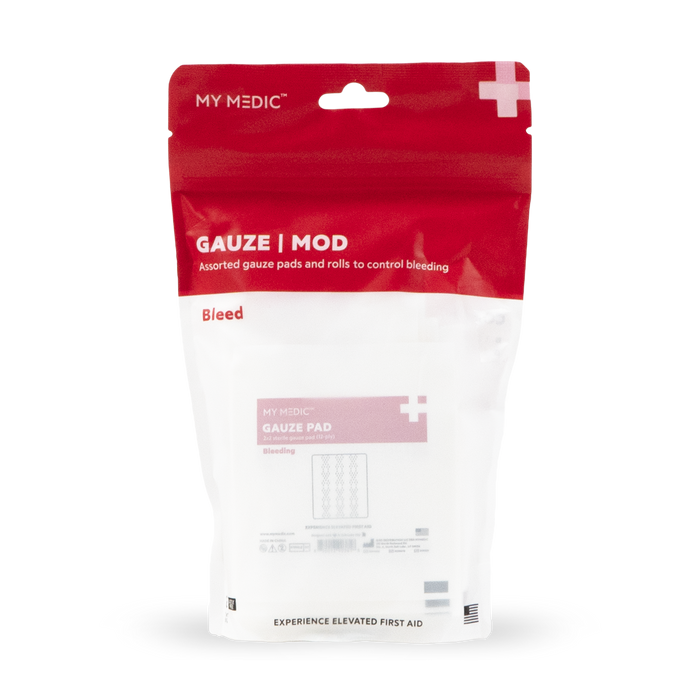
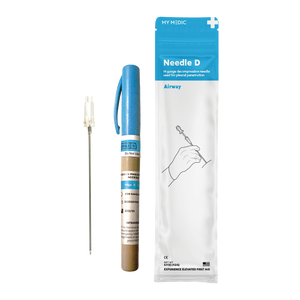 Supply Categories
Supply Categories
 Top Sellers
Top Sellers
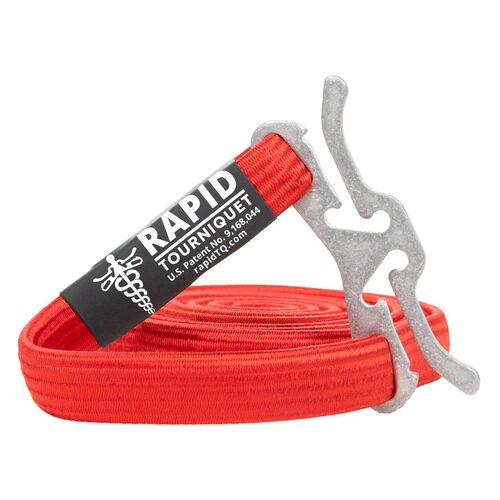
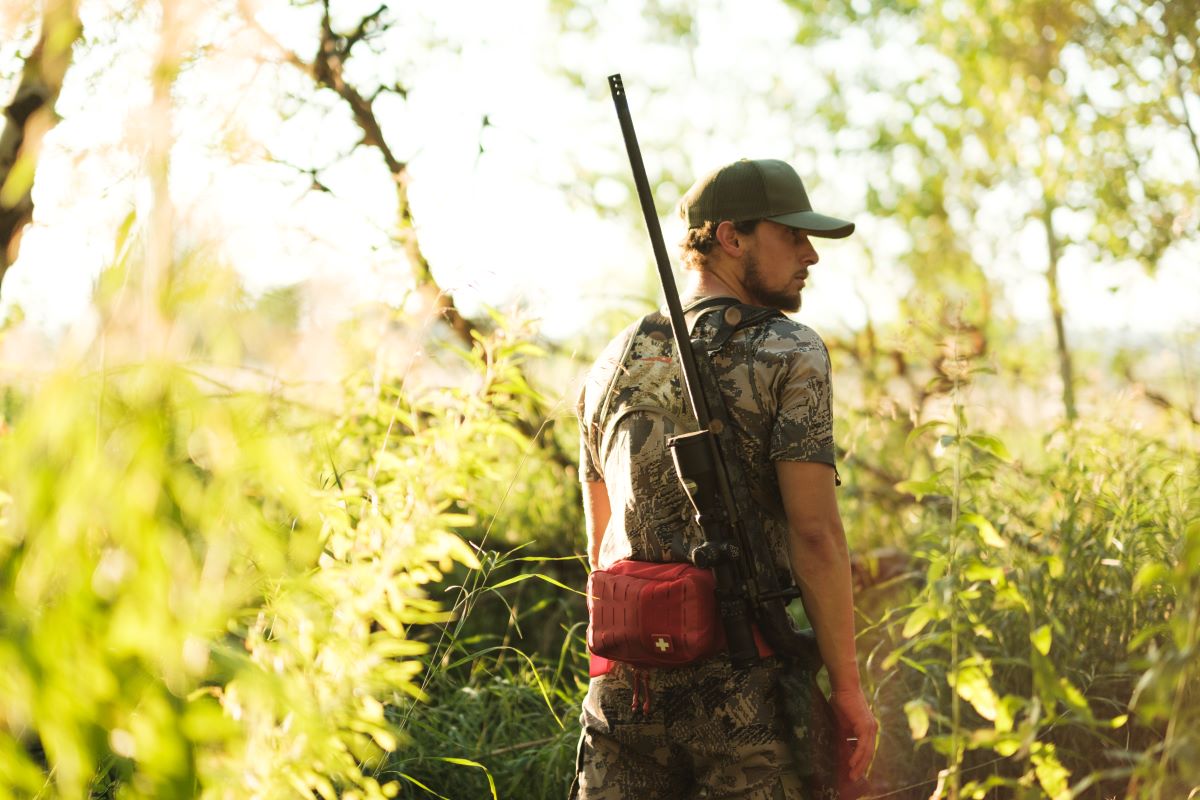




Leave a comment